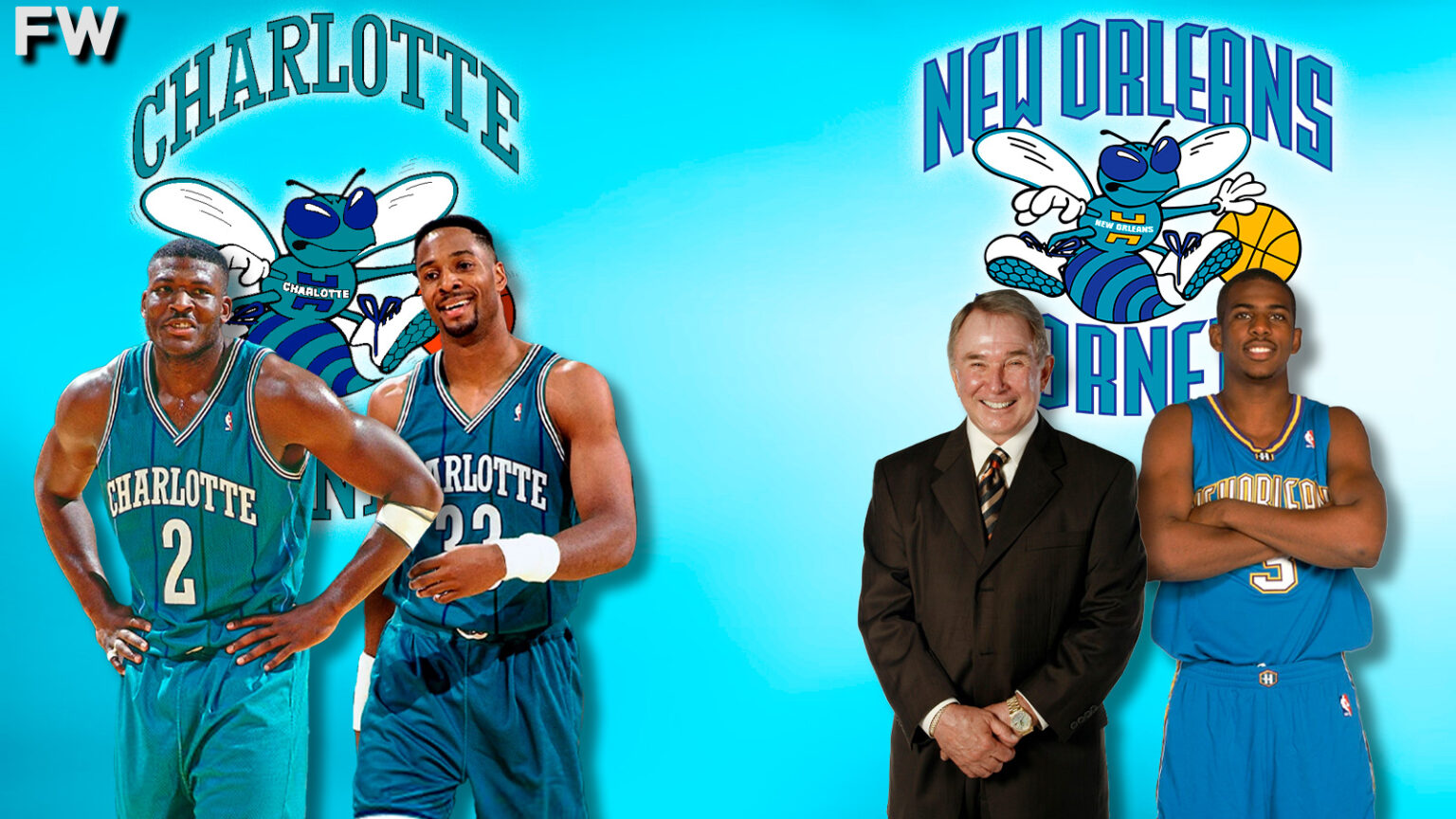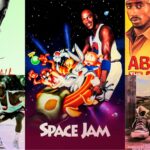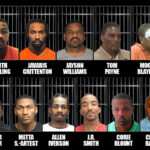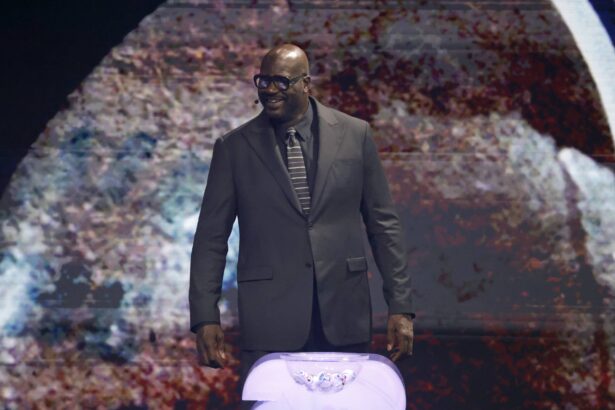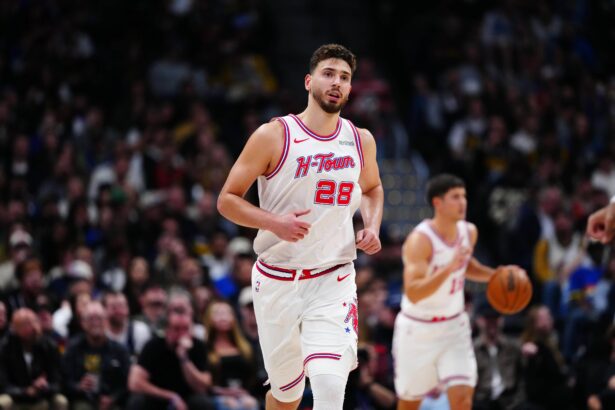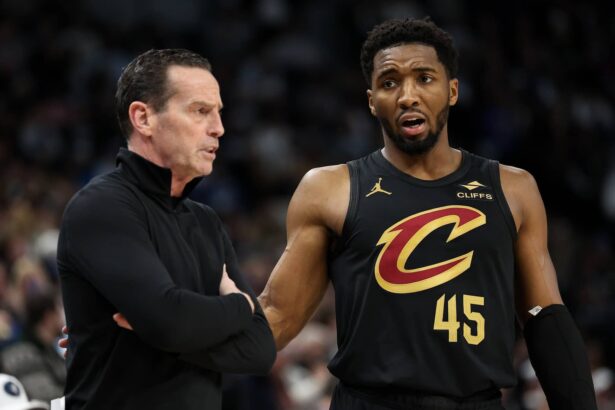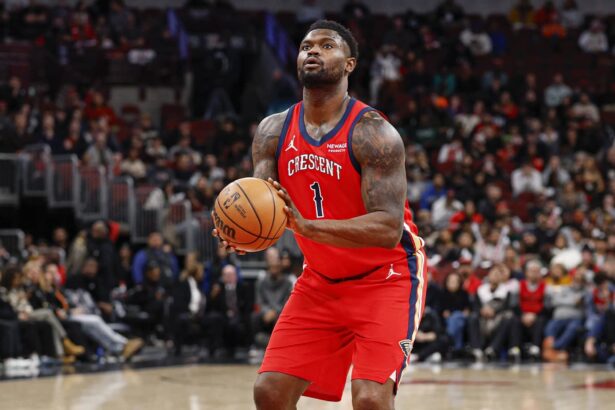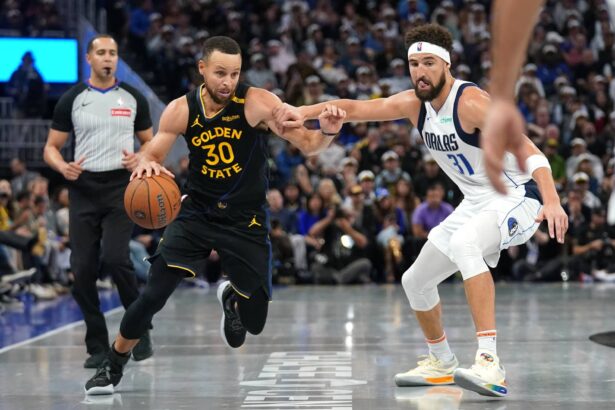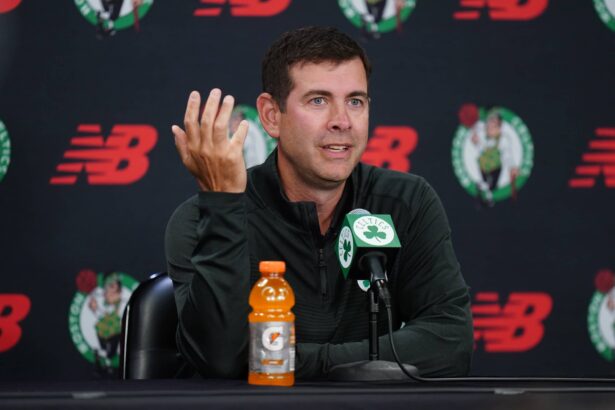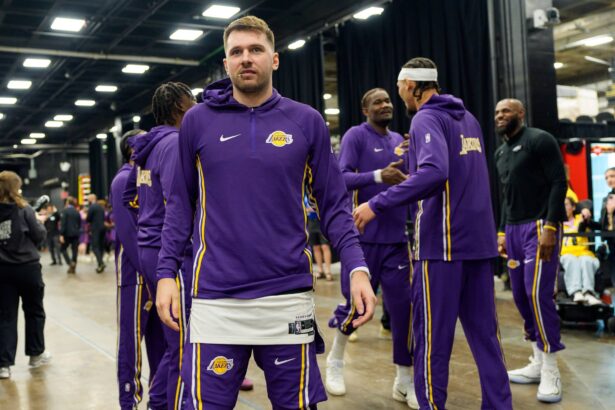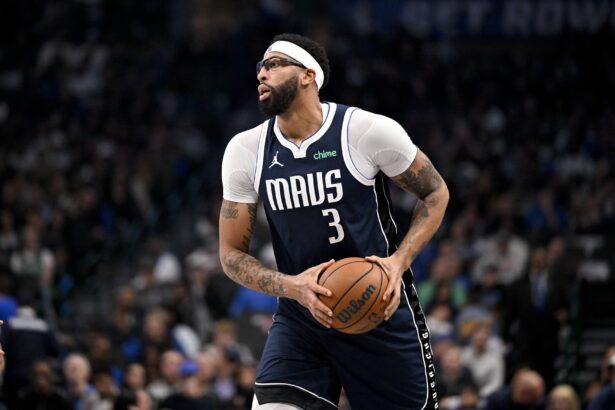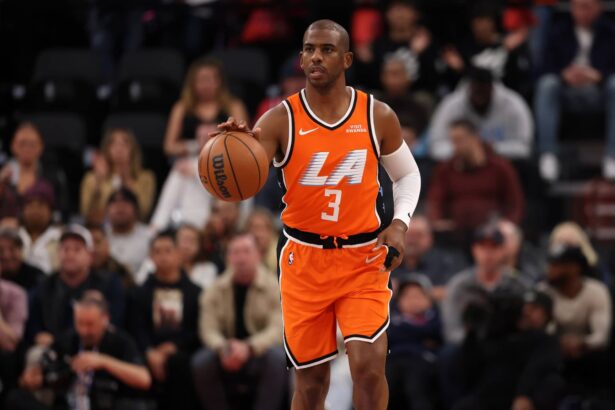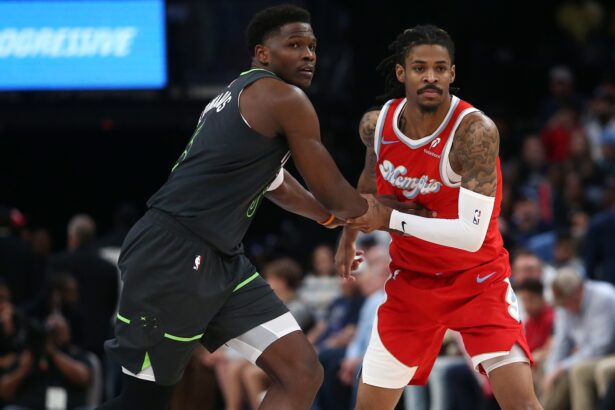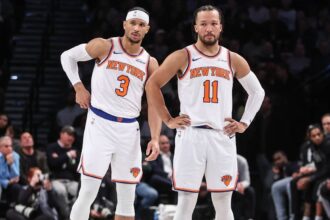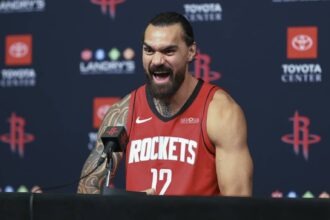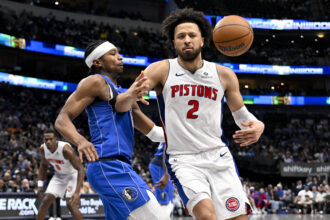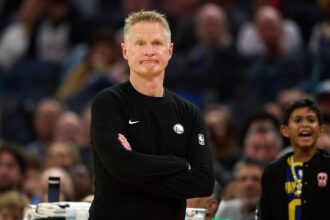The Charlotte Hornets are one of the most beloved franchises in the NBA. They were founded in 1988 and quickly became fan favorites, especially among women fans, because of their purple and teal colorways.
The team saw some success during the 1990s and early 2000s, as they made the playoffs seven times from 1988 up to 2002. However, the team’s early success was followed by a series of setbacks, including the departure of their star players and a decline in team performance.
In this article, we’ll continue our series of why NBA teams moved to different cities, like when the Kansas City Kings moved to Sacramento. Our focus today is on the Charlotte Hornets and their move to New Orleans.
The Charlotte Hornets Move To New Orleans And Become The Pelicans
The Charlotte Hornets were a professional basketball team that played in the NBA from 1988 to 2002. The team was founded by George Shinn, a successful businessman who was determined to bring professional basketball to the city of Charlotte, North Carolina.
The Hornets were an instant success in Charlotte, with fans packing the Charlotte Coliseum to see their new team play. In their first season, the Hornets finished with a record of 20-62, which was not very impressive, but the fans were excited to have a professional basketball team in their city.
Over the next few seasons, the Hornets continued to improve, making the playoffs in their fifth season and reaching the second round. The team’s success on the court was matched by the enthusiasm of the fans, who were known for their loud and passionate support of the team.
The Hornets led the NBA in attendance in their first season and eight times overall in their first 10 seasons. Then, their attendance drastically fell off.
In the Hornets’ last season in Charlotte, despite making the playoffs with a 44-38 record, the team sat dead last in attendance (29th of 29). As mentioned earlier, star players who were on the Hornets, like Alonzo Mourning, Larry Johnson, Muggsy Bogues, and Glen Rice, all left in either free agency or being traded.
This, a loss in revenue, and the fact owner George Shinn’s popularity fell in Charlotte thanks to sexual assault claims led to the terrible attendance at games, and it also led to their move to New Orleans. The Hornets also attempted to build a new arena in Charlotte, but their attempt was voted down by the city of Charlotte.
People in Charlotte and around the NBA wanted Shinn to sell the Hornets, but instead, he moved the franchise to New Orleans. Even though fans stopped showing up to games in Charlotte, they were upset that Shinn wanted to move their team out of the city.
There were protests and demonstrations outside the Hornets’ arena, with fans holding signs and chanting slogans in an effort to persuade Shinn to reconsider. However, despite the backlash, Shinn made the move.
Shinn saw New Orleans as a city with great potential for basketball, with a large and passionate fan base that was hungry for a team to call their own. Ultimately, the move was completed in 2002, and the Hornets became the New Orleans Hornets.
The team enjoyed some success in their new home, making the playoffs in their first two seasons in Louisiana. However, the move was not without its challenges, as the Hornets faced the powerful storm known as Hurricane Katrina.
The 2005-06 and the 2006-07 seasons saw the Hornets play most of their home games in Oklahoma City because of how badly the storm hit New Orleans. The Hornets drafted a franchise player in the 2005 NBA Draft, Chris Paul, with the fourth overall pick.
Paul would go on to win the Rookie of the Year award and play six seasons with the franchise. Despite Paul’s greatness, like the Hornets’ greats of the past, they could not lead the Hornets to an NBA title.
The franchise under Shinn continued to miss the playoffs or reach it and underperform. Shinn’s financial situation started to fall apart, as well as his health, and after Hornets minority owner, Gary Chouest, tried to buy a majority share from Shinn, it fell through, and the NBA stepped in.
The NBA bought the New Orleans Hornets in 2010, and eventually, they sold it to New Orleans Saints owner Tom Benson in 2012. The New Orleans Hornets would change their name to the Pelicans in December 2012, after Louisiana’s state bird, the brown pelican.
Charlotte was sad to see their team go in 2002, but they didn’t have to wait long to get a new team, as the NBA wanted to avoid a lawsuit from the city of Charlotte for losing their team. The NFL dealt with a lawsuit in 1995 when the owners of the Cleveland Browns wanted to move their franchise to Baltimore, Maryland.
Legal action was brought by the city of Cleveland, and ultimately it led to the Browns staying in Cleveland (after missing three seasons of play), where they remain today. This, the NBA did not want.
On December 28, 2002, an ownership group led by BET founder, Robert Johnson, bought the franchise. Johnson became the first African American majority owner of an NBA team.
The team was renamed the Bobcats, in honor of Robert “Bob” Johnson, and remained that way until the 2014-15 season, when now majority owner, NBA legend Michael Jordan, changed the name back to the Hornets.
The Charlotte Hornets are back and playing ball, but unfortunately, they haven’t seen much success. With the recent news of Jordan looking to sell his majority ownership share, it’ll be interesting to see who may buy it and if they can turn the franchise around.
We sincerely appreciate and respect you as a reader of our site. It would help us a lot if you follow us on Google News because of the latest update.
Thanks for following us. We really appreciate your support.

